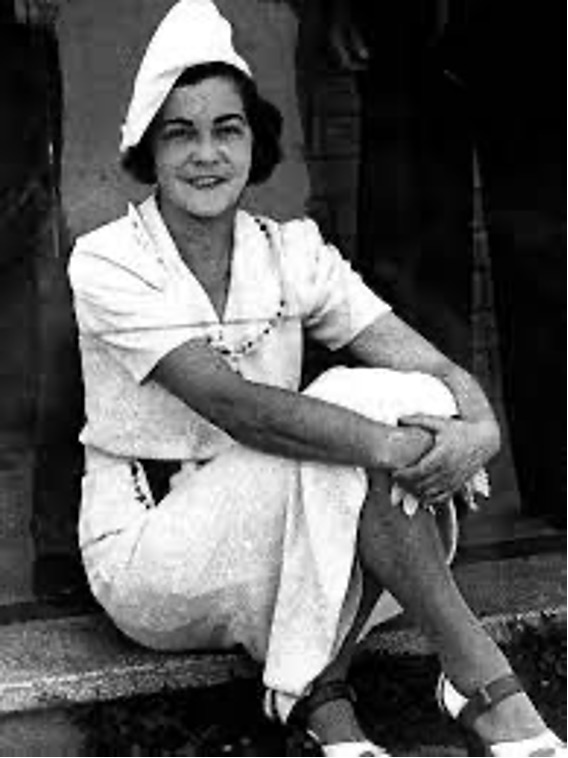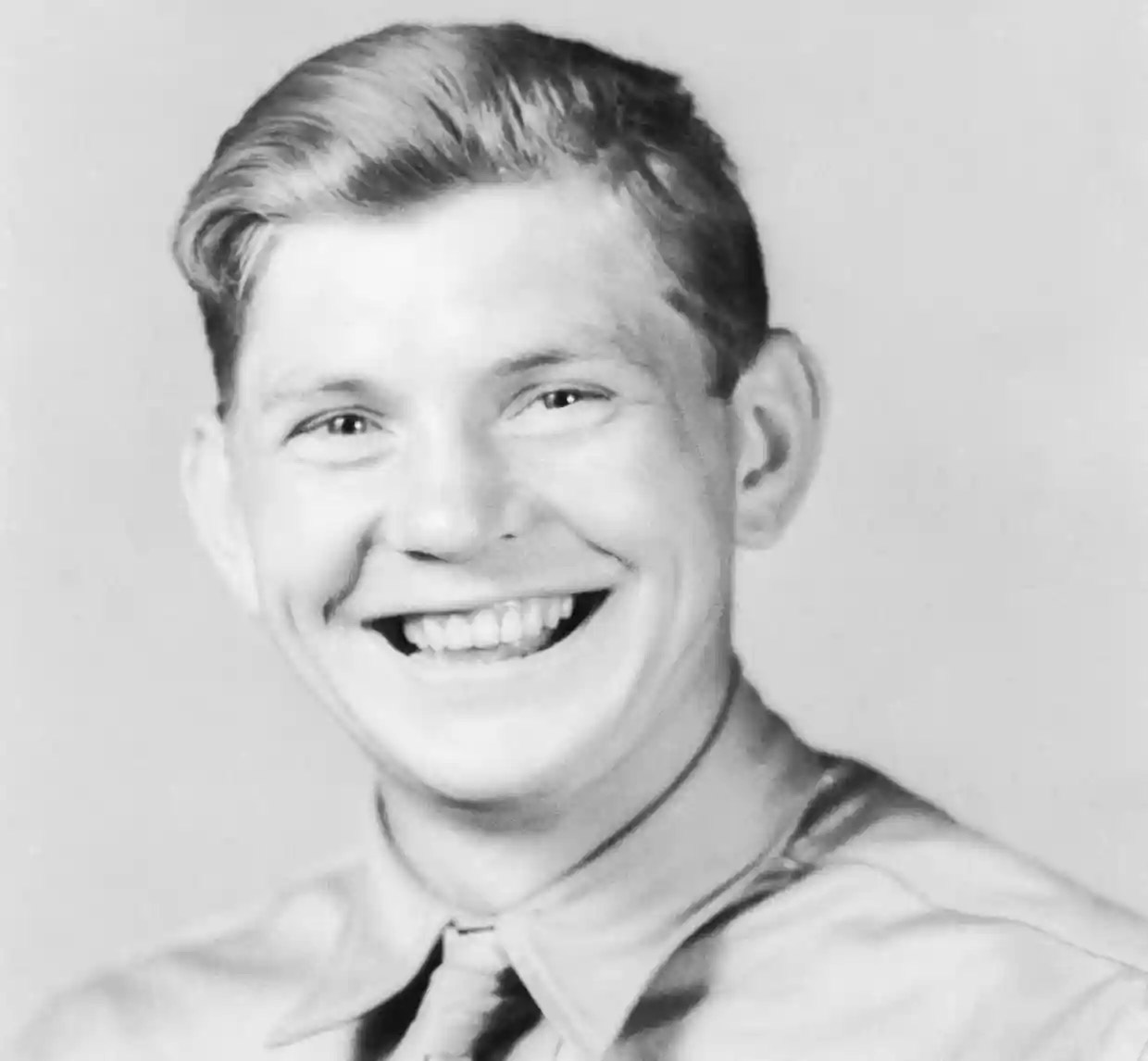The “brown-out” murders
On the morning of May 18, 1942, the body of a woman was found in a muddy air-raid trench on the edge of Royal Park at Gatehouse St, Parkville.
She was the third woman who had been found strangled, beaten and partly naked during the previous three weeks. There was a serial killer on the loose in Melbourne, who soon became known as the “Brown-out Strangler”.
As part of the war-time precautions, Melbourne at that time was in the grip of what was called a “brown-out”, a partial “black-out”. There was still some limited lighting allowed at night, but not much, so the streets were quite dark. Gatehouse St is on the edge of Royal Park, which in 1942 was occupied by a large American military camp known as Camp Pell.
The first victim had been 40-year-old Ivy McLeod who two weeks earlier had been found strangled and badly beaten in a doorway in Albert Park. An American soldier had been seen in the area just before her body was discovered.
Six days later, a second victim, 31-year-old Pauline Thompson, was found in Spring St in the city, also strangled and with her clothes torn.
The third victim was Gladys Hosking, who worked as a secretary and librarian in the Chemistry Department at Melbourne University and lived in a guest house in Park St, Parkville, close to where her body was found. On the night that she was murdered, an Australian soldier guarding some vehicles near Camp Pell had been approached by an American soldier covered in mud who asked him how to get back to the camp.
With the city now alarmed by the presence of a serial killer, the “Brown-out Strangler”, several other women now came forward to say that they had been attacked by an American serviceman but had managed to escape.
Attention was now focused on the American soldiers in Camp Pell. From a line-up of servicemen, the murderer was picked out by witnesses who had been near the murder scenes and by women who had survived recent attacks. He was Private Edward Leonski, who was arrested and charged with the three murders.
Leonski’s trial was unusual in that, while his crimes had been committed in Australia, it was conducted under American military law by a US military Court Martial.
During the trial, evidence was presented that he may have had dual personalities. His mother it seems was an unstable person and his father an alcoholic.
During the trial Leonski confessed to the crimes and was convicted and sentenced to death. He was hanged in Pentridge Prison on November 9, 1942. •

Residents win fight to save laneway from development in East Melbourne






 Download the Latest Edition
Download the Latest Edition